How to Sharpen a Rapala Fillet Knife: The Ultimate Guide
A Sharpen Rapala fillet knife is a must-have tool for any angler. Not only does it make filleting fish easier and faster, but it also ensures precision with every cut. A dull knife can make the task more difficult, potentially leading to uneven fillets and accidents.
Maintaining your knife with regular sharpening helps preserve its performance, safety, and longevity. This guide will show you how to properly sharpen your Rapala fillet knife, whether using a sharpening stone, honing rod, or electric sharpener.
Following these simple steps, you can keep your blade in top condition, ensuring smooth, clean cuts every time. Ready to make your fishing trips more efficient? Let’s dive in and get your Rapala knife prepared for action!
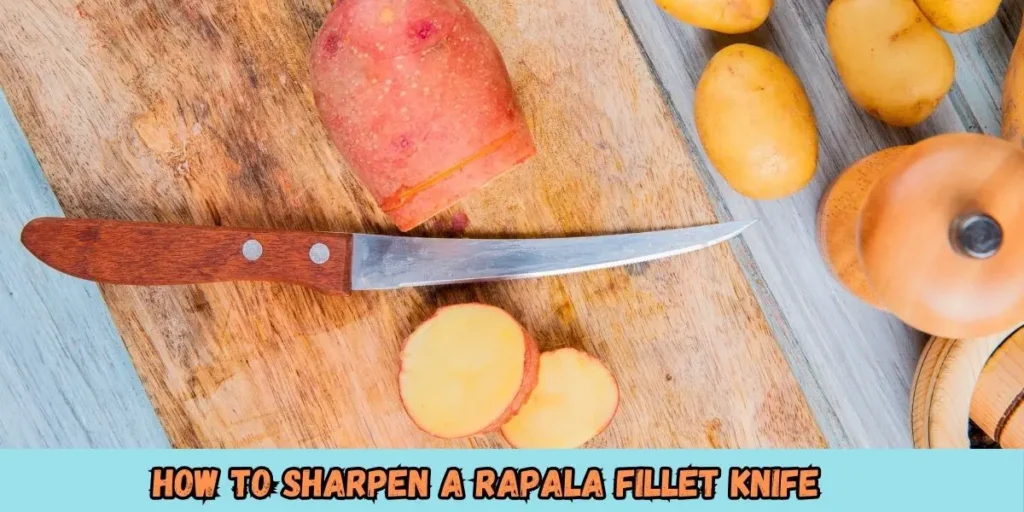
Why You Need a Sharp Rapala Fillet Knife
A sharp Rapala fillet knife isn’t just a luxury—it’s a necessity. Whether you’re a professional angler or a weekend fishing enthusiast, a sharp blade makes all the difference. Let’s explain why maintaining a sharp edge is essential for your filleting knife.
Precision and Clean Cuts
Sharpening your Rapala fillet knife is primarily for precision. A sharp blade allows you to make clean, smooth cuts, which is essential when filleting fish. A dull knife will drag through the flesh, leading to uneven cuts and more mess. You can easily slice through fish with a sharp blade, ensuring each fillet is neat and perfect.
Safety First
It may seem counterintuitive, but a sharp knife is safer than a dull one. You must apply more force when getting through the fish with a blade, which is tedious. This increased pressure can cause the knife to slip, potentially leading to accidents. A sharp blade requires less effort, which means you’re less likely to make mistakes. By keeping your Rapala fillet knife sharp, you’re reducing the chances of injury.
Faster and More Efficient
When your knife is sharp, you can work faster. A dull blade will slow you down, and you’ll waste more time on each fillet. Sharpening your Rapala knife means you’ll finish filleting your catch much quicker. Plus, a sharper blade requires fewer strokes, helping you get through your fish quickly.
Longer Lifespan for Your Knife
Regular sharpening helps maintain your knife’s integrity over time. Keeping the edge in top condition prevents unnecessary wear and tear. Sharpening your Rapala fillet knife regularly prolongs its lifespan and ensures it performs well for years.
Consistency in Every Cut
For anyone who regularly fillets fish, consistency is key. A sharp knife gives you the same smooth cut every time, whether you’re filleting a small trout or a large salmon. The sharpness of your Rapala knife ensures the same high-quality result.
What You’ll Need for Sharpening Your Rapala Fillet Knife
Before sharpening your Rapala fillet knife, you must gather the right tools. Proper equipment ensures a smooth and effective process. Let’s examine what you’ll need.
Knife Sharpener
The primary tool you’ll need is a sharpener. There are several options to choose from:
- Honing Rod: This is a long, round tool for straightening your knife’s edge. It’s not for heavy sharpening but keeps the knife in good condition between full sharpenings.
- Sharpening Stone: A sharpening stone, or whetstone, is one of the most popular tools. It comes in different grits, with finer grits for polishing and coarser ones for sharpening the blade.
- Electric Sharpener: If you prefer convenience, an electric sharpener can do the job quickly. It’s beneficial if you want consistency with little effort.
Cutting Surface
You’ll also need a sturdy surface to work on. A wooden or plastic cutting board is ideal. Avoid sharpening on hard surfaces like metal or glass, as they can damage the knife’s edge.
Water or Oil (If Using a Stone)
When using a sharpening stone, you should lubricate it with water or oil. This helps the stone glide smoothly over the blade and prevents damage to the edge. Some stones have a specific recommendation, so check the instructions.
Cloth
Finally, have a cloth or towel handy. After sharpening, it’s a good idea to wipe down your knife to remove any metal shavings and moisture. This keeps your knife in top condition and prevents rusting.
Step-by-Step Guide on How to Sharpen Your Rapala Fillet Knife
Now that you have all the tools ready, you can begin sharpening your Rapala fillet knife. Follow these simple steps to restore it to razor-sharp condition.
1. Prepare Your Sharpening Tools
Start by setting up your sharpening tools. If you’re using a honing rod, hold it firmly in one hand and position the blade at a 20-degree angle. Add a little water or oil for a sharpening stone, depending on the stone you use. This will help lubricate the stone and keep it from clogging with metal shavings. Place the stone on a flat surface, like a cutting board, and get ready to start.
2. Find the Right Angle
The key to sharpening a fillet knife is maintaining the right angle. Most Rapala fillet knives should be sharpened at a 20-degree angle. To find this angle, imagine that the blade is in a V-shape. You want to keep it sharp but not too steep. If you are sure, you can use a sharpening guide to help maintain the angle.
3. Sharpen the Blade
Now comes the sharpening process. Whether you’re using a honing rod or a sharpening stone, start at the base of the knife and gently move the blade along the sharpening tool. For a honing rod, place the heel of the knife at the bottom of the rod and draw the blade upwards in a smooth motion. Repeat this on both sides of the blade.
Place the knife at a 20-degree angle on the stone for a sharpening stone. Gently slide the blade forward and across the stone, using even pressure—work in short strokes, covering the entire blade length. Be sure to sharpen both sides of the blade evenly.
4. Test the Sharpness
After a few strokes on both sides, it’s time to test the sharpness. Take a piece of paper or a tomato and try to slice through it. If the knife cuts cleanly, you’re done! If not, repeat the sharpening process until you’re happy with the result.
5. Clean the Knife
Once you’re satisfied with the sharpness, cleaning the knife is essential. Wipe off any metal shavings with a cloth and dry the blade completely to prevent rust. Store your knife safely to keep it sharp and ready for the next filleting session.
Relate to: How to Sharpen Titanium Coated Knife
How to Clean Rust off of a Knife
Common Mistakes to Avoid When Sharpening a Fillet Knife
Sharpening your Rapala fillet knife can seem simple, but many people make a few common mistakes. Review them to avoid these errors and keep your knife in top condition.
Over-sharpening the Blade
One of the most common mistakes is over-sharpening the blade. It’s easy to get carried away and keep sharpening longer than needed. However, sharpening too much can wear down the blade and affect its performance. Always check the sharpness regularly to avoid overdoing it.
Using the Wrong Angle
A dull knife can be challenging to sharpen if you don’t maintain the correct angle. Most fillet knives need a 20-degree angle. If your knife’s angle is too steep or shallow, it will not sharpen properly. Always aim for a consistent 20-degree angle for the best results.
Using Too Much Pressure
Applying too much pressure while sharpening can damage the blade. It’s essential to let the sharpening tool do the work. Use light and steady pressure, and let the sharpening process happen naturally. Too much force can lead to uneven sharpening and cause the blade to lose shape.
Not Cleaning the Knife
After sharpening, it’s essential to clean your knife. Metal shavings from the sharpening process can stick to the blade, causing rust or affecting the knife’s performance. Wipe your knife clean with a cloth to remove debris before storing it.
How Often Should You Sharpen Your Rapala Fillet Knife?
Knowing when to sharpen your Rapala fillet knife is as essential as the sharpening process. Here’s how often you should sharpen your blade and the signs that tell you when it’s time.
Regular Maintenance
Even if you use your knife regularly, you don’t need to sharpen it after every use. A good rule of thumb is to sharpen your knife every few months. This keeps the edge in good condition without wearing it down too much. You can use a honing rod between sharpenings to hold the blade aligned.
When You Notice Dullness
If your knife starts feeling dull, it’s time to sharpen it. You’ll notice this when the blade struggles to cut through fish or feels dragging. Another way to test it is to slice through a piece of paper. If the knife doesn’t cut clean, it’s time to sharpen it.
After Heavy Use
If you’ve been filleting many fish or cutting through more rigid materials, your knife may need sharpening sooner. For heavy use, sharpen your blade after every few fishing trips or after filleting large catches.
Relate to: How to Use Chef’s Choice Knife Sharpener
Other Tips for Maintaining Your Rapala Fillet Knife
Taking care of your Rapala fillet knife doesn’t end with sharpening. Regular maintenance can help extend the life of your knife and keep it performing well. Here are some easy tips to keep your knife in top shape.
Clean Your Knife After Each Use
It’s essential to clean your knife correctly after using it. Wash it gently with warm, soapy water. Use a soft cloth or sponge to avoid damaging the blade. Dry it thoroughly with a towel to prevent rusting. Never leave your knife wet for long periods.
Store Your Knife Properly
Where you store your knife matters; always store your Rapala fillet knife in a safe place. A knife block or a protective sheath is ideal. Avoid throwing it into a drawer with other utensils. This can damage the blade and make it harder to keep sharp.
Avoid Cutting Hard Surfaces
Fillet knives are designed for cutting soft fish, not hard materials like bones, frozen food, or rigid plastic. Using your knife on these surfaces can quickly dull the edge. Stick to cutting soft flesh and use a sturdier knife for more strenuous tasks.
Use an Honing Rod Regularly
Using a honing rod every few uses helps maintain your knife edge between sharpenings. It straightens the blade, preventing it from becoming dull too quickly. Run the blade along the ros before or after each use.
Conclusion
Keeping your Rapala fillet knife sharp is essential for smooth and safe filleting. A sharp blade improves cutting and makes the entire process more enjoyable. Regular sharpening, proper care, and the right tools are key to maintaining your knife’s performance.
Following the steps outlined in this guide will ensure that your Rapala fillet knife stays in top condition for years. Remember to clean it after each use, store it safely, and sharpen it when necessary. With just a little attention and care, your knife will be ready to handle any fishing adventure.
Sharpening your knife doesn’t have to be complicated. You can keep your Rapala fillet knife in perfect shape with a few simple tips. So, go ahead and take care of your knife—it will make all the difference next time you head out on the water!
Frequently Asked Questions (FAQs) for How to Sharpen a Rapala Fillet Knife
You should sharpen your Rapala fillet knife every few months, or sooner if it starts feeling dull. Use a honing rod regularly between sharpenings to maintain the edge.
A 20-degree angle is ideal for sharpening your Rapala fillet knife. This angle ensures a sharp edge without making the blade too steep or fragile.
It’s best to use a sharpening tool designed for fillet knives, like a honing rod or sharpening stone. Regular kitchen sharpeners may not maintain the blade's flexibility.
Test the sharpness by slicing a piece of paper or a tomato. If the knife cuts cleanly and easily, it’s sharp. If it struggles, it needs sharpening.
If your knife rusts, clean it immediately with warm, soapy water, dry it thoroughly, and apply a thin layer of oil to prevent further rusting.
Yes, you can use an electric sharpener. However, be careful to choose one with adjustable angles to avoid damaging the delicate edge of the fillet knife.
Yes, always clean your knife after sharpening to remove metal shavings and prevent rust. Use a cloth or towel to dry it completely before storing it.
Related Posts
-
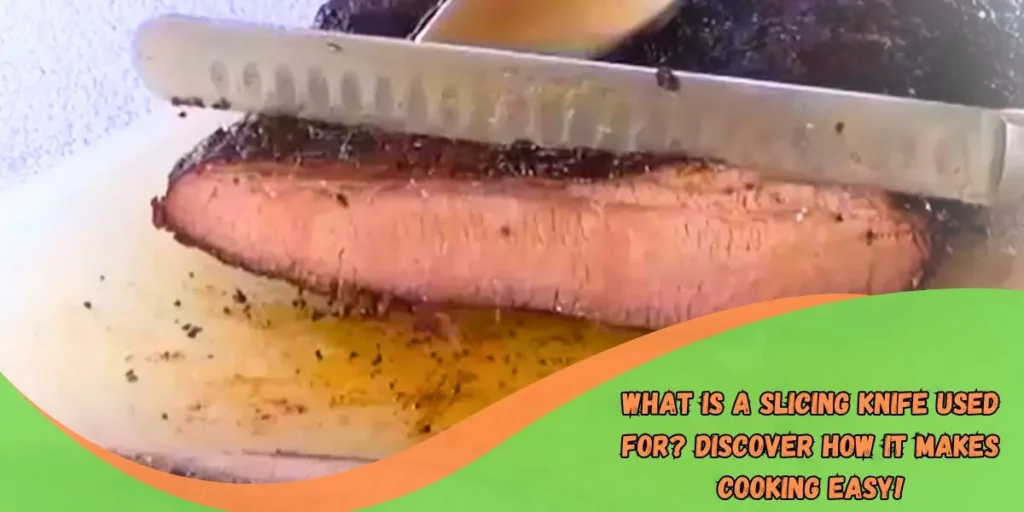 23 Feb 2025 KnifeWhat Is a Slicing Knife Used For? Discover How It Makes Cooking Easy!
23 Feb 2025 KnifeWhat Is a Slicing Knife Used For? Discover How It Makes Cooking Easy! -
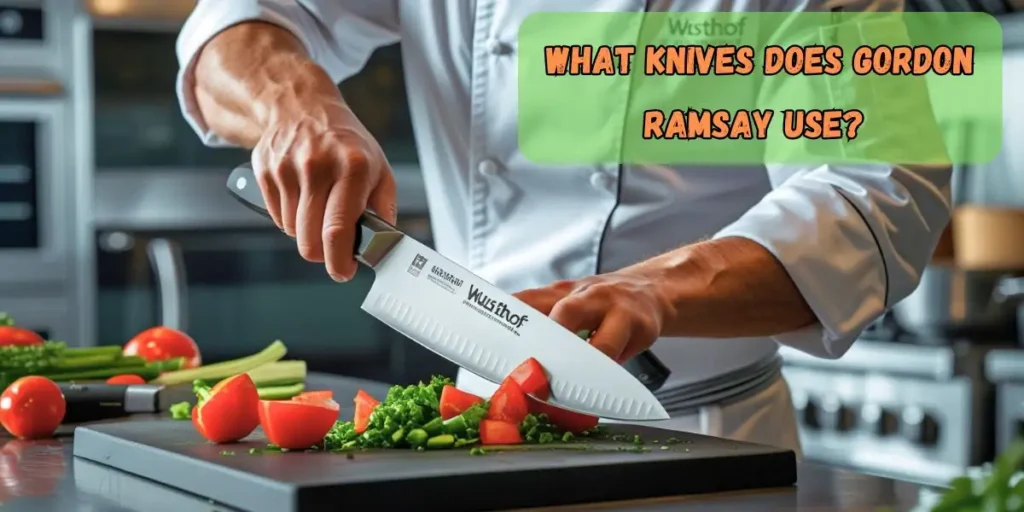 16 Feb 2025 KnifeWhat knives does Gordon Ramsay use? Check out his premium knives
16 Feb 2025 KnifeWhat knives does Gordon Ramsay use? Check out his premium knives -
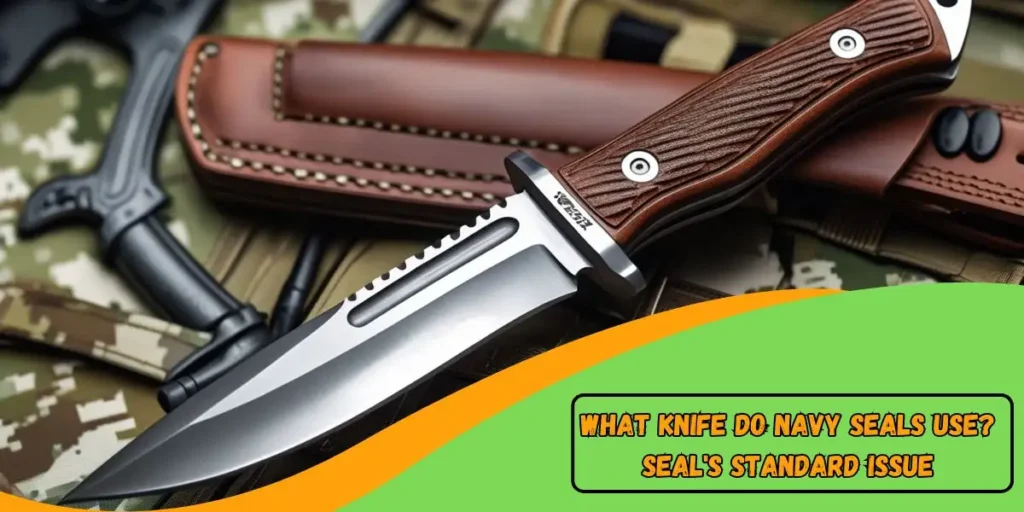 15 Feb 2025 KnifeWhat Knife Do Navy Seals Use? SEAL's Standard Issue 2025
15 Feb 2025 KnifeWhat Knife Do Navy Seals Use? SEAL's Standard Issue 2025 -
 08 Feb 2025 KnifeWhat Knife Does John Wick Use? Learn About His Deadly Blade
08 Feb 2025 KnifeWhat Knife Does John Wick Use? Learn About His Deadly Blade -
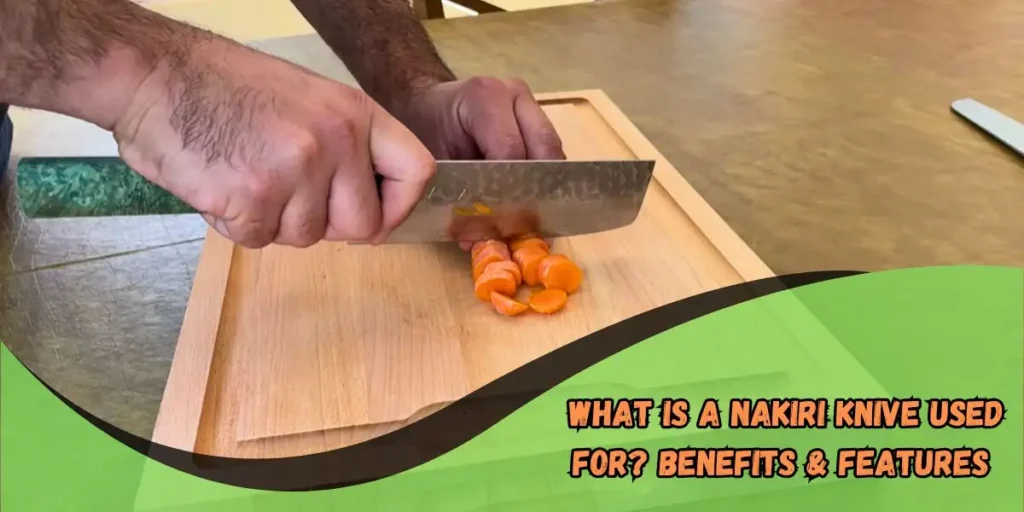 30 Jan 2025 KnifeWhat is a Nakiri Knives Used For? Benefits & Features Explained
30 Jan 2025 KnifeWhat is a Nakiri Knives Used For? Benefits & Features Explained -
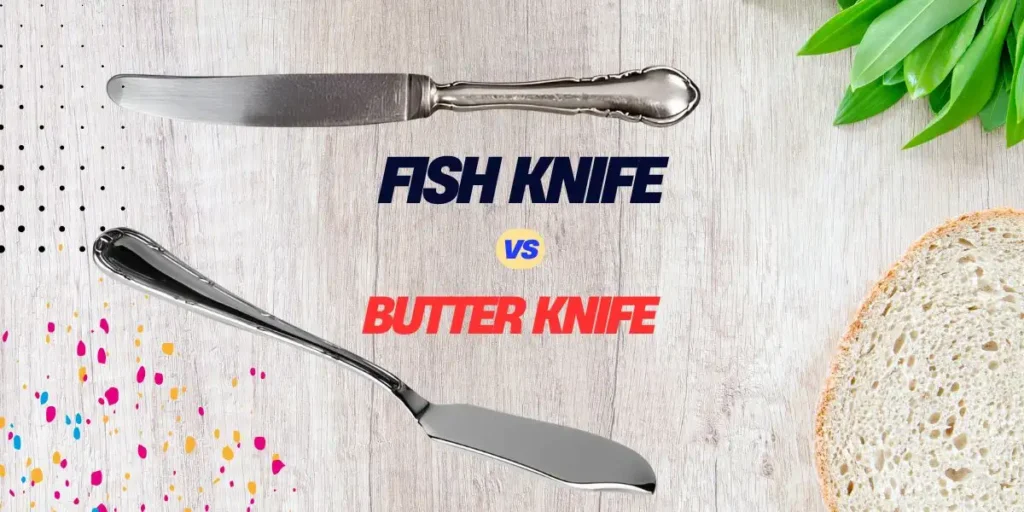 12 Jan 2025 KnifeFish Knife vs Butter Knife: Key Differences and Uses Explained
12 Jan 2025 KnifeFish Knife vs Butter Knife: Key Differences and Uses Explained -
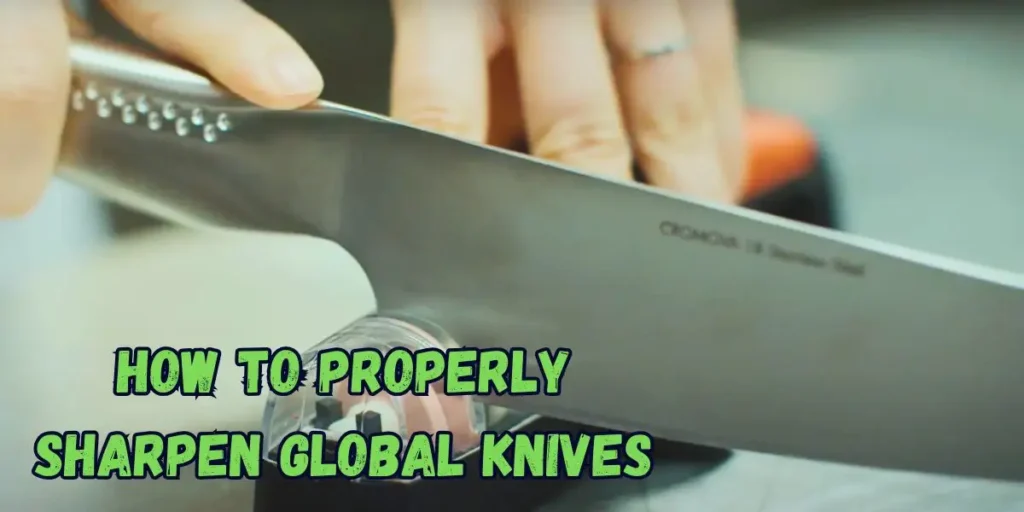 11 Jan 2025 KnifeHow to Sharpen Global Knife: A Quick Guide 2025
11 Jan 2025 KnifeHow to Sharpen Global Knife: A Quick Guide 2025 -
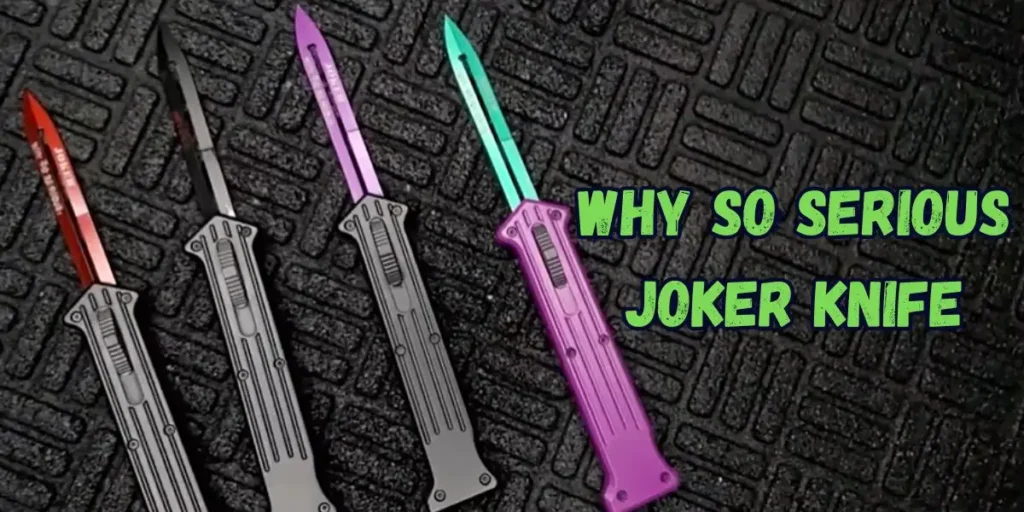 10 Jan 2025 KnifeDecoding the Iconic Why So Serious Joker Knife
10 Jan 2025 KnifeDecoding the Iconic Why So Serious Joker Knife -
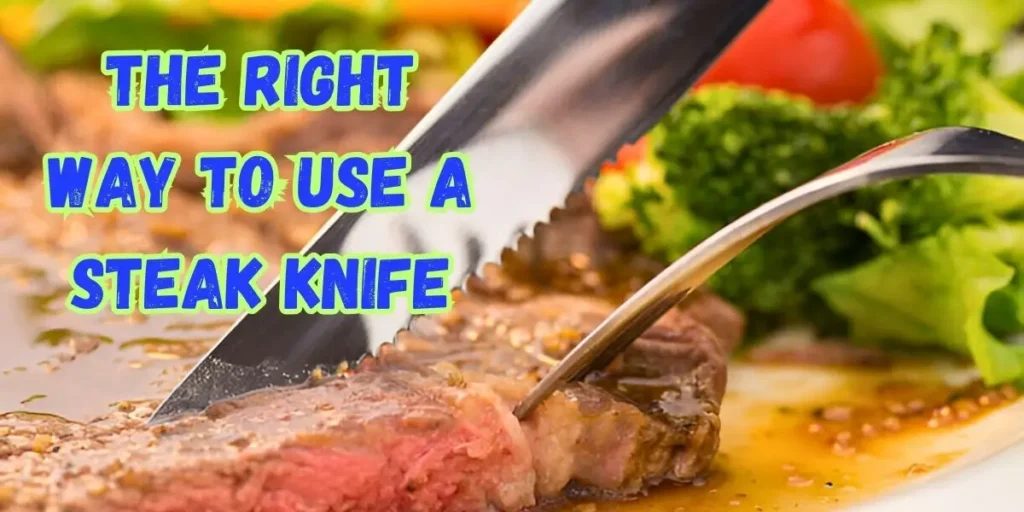 09 Jan 2025 KnifeThe Right Way to Use a Steak Knife: Tips and Tricks
09 Jan 2025 KnifeThe Right Way to Use a Steak Knife: Tips and Tricks -
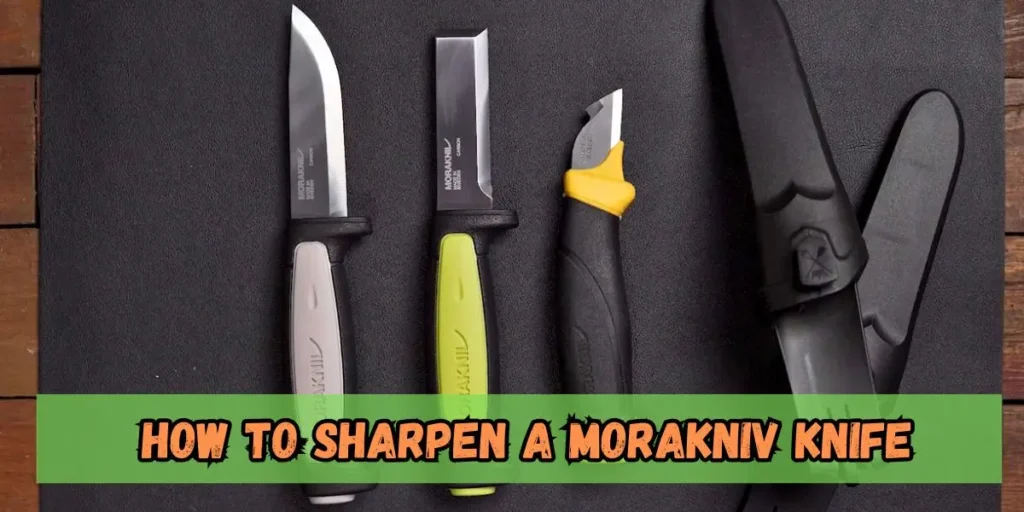 08 Jan 2025 KnifeHow to Sharpen a Morakniv Knife Safely and Effectively
08 Jan 2025 KnifeHow to Sharpen a Morakniv Knife Safely and Effectively

